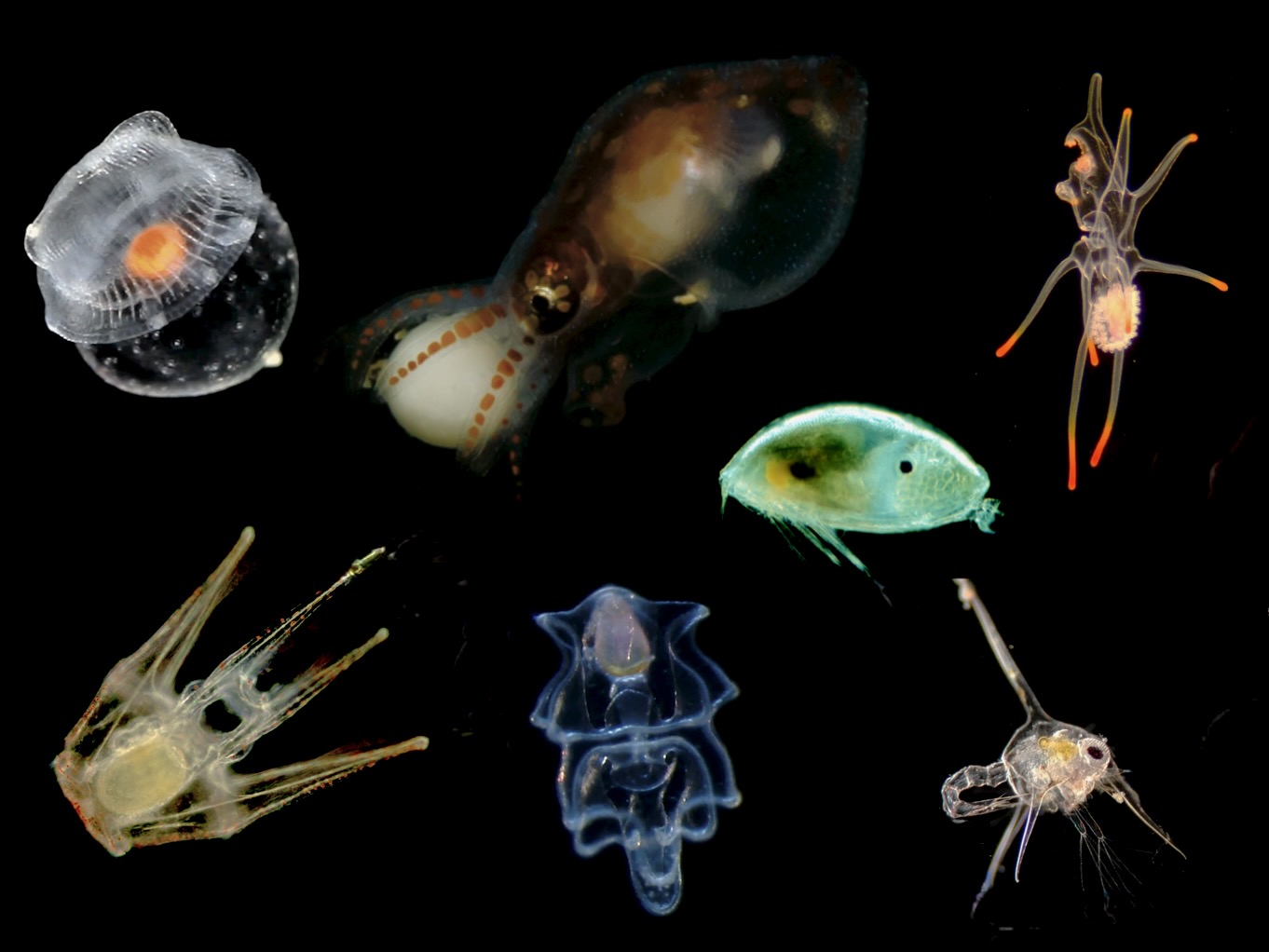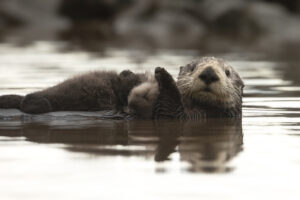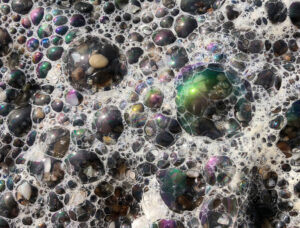Imagine if your offspring were unrecognizable as the same species, and lived in a completely different habitat. This is the case for most tidepool creatures: barnacles, sea stars, urchins and more lead secret early lives as zooplankton, microscopic animals drifting out in the open ocean.
“Take a trip down the intertidal at low tide, and most of the animals you see attached to the rocks—the barnacles, the mussels, the tube worms that are there, things crawling around like sea stars, and sea urchins, they all have a planktonic larval phase,” says Baldo Marinovic, a zooplankton ecologist at UC Santa Cruz.
The word “plankton” comes from the Greek for “wanderer,” and these tiny, briny babies—many ranging from sand-grain to rice-grain sized—drift, twitch, sweep, or paddle through treacherous waters with minimal control over their fates. Their quest is to gobble up enough food to transform into their next life stage, while avoiding being gobbled up themselves.
“The diversity is bewildering,” says Steven Morgan, emeritus professor and marine ecologist at UC Davis’s Bodega Marine Lab. “It’s poorly understood, yet it’s critically important to understand life in the oceans, since the vast majority of organisms develop this way.”
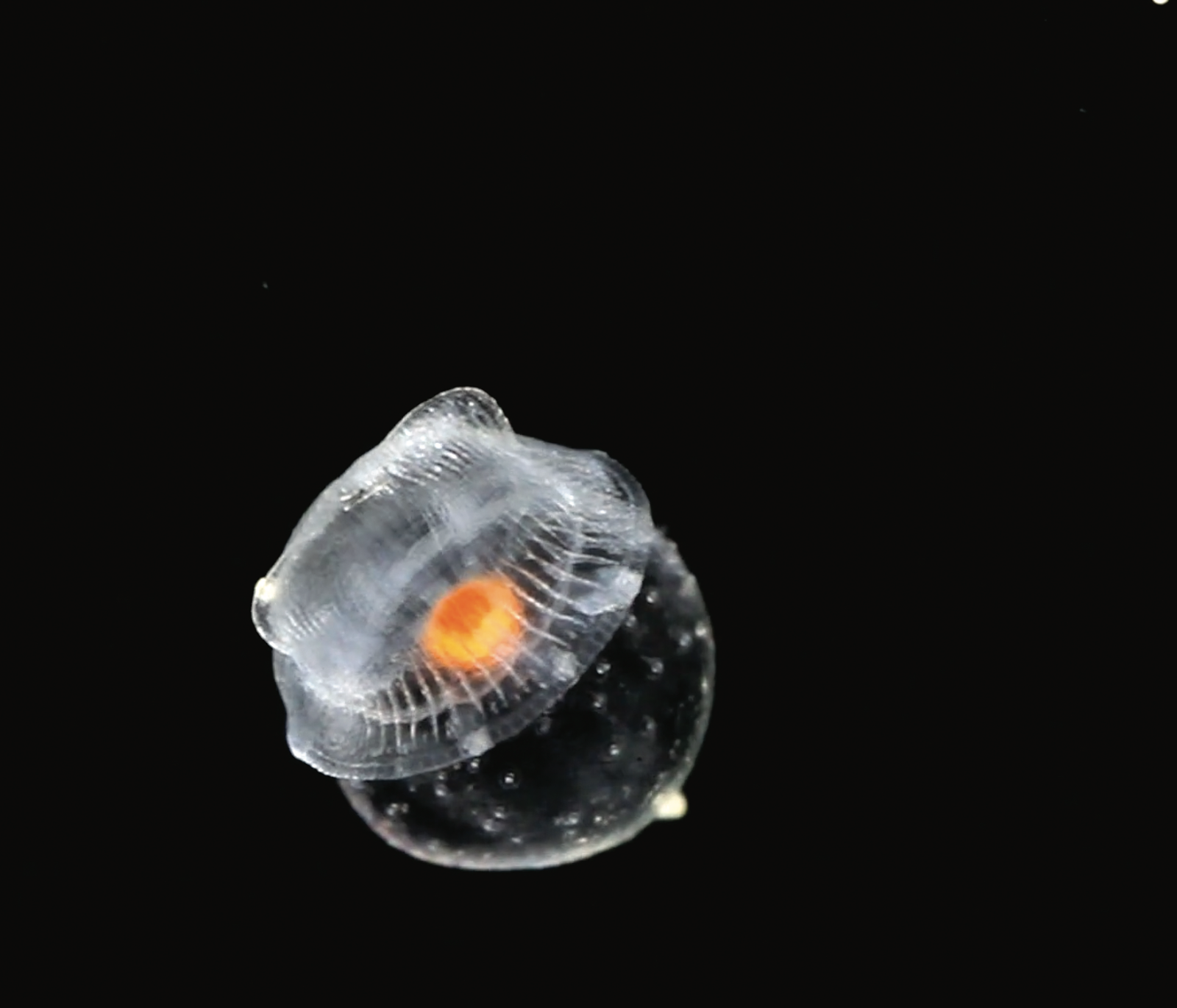
Spawn
For intertidal species, having such remarkably distinct life stages comes with evolutionary perks. For example, separating adults and offspring in different habitats means they don’t need to compete with each other.
The larval phase also offers species a chance to settle in new habitats. While adult tidepool creatures are usually limited to a small area—sometimes literally glued to a single spot, like barnacles—larvae wandering in the plankton allow populations along the coast to mix and mingle. Larvae dispersed from adults in one place—such as marine protected areas—can help repopulate tidepools that have been hit by overharvesting, warm temperatures, or disease elsewhere. West Coast sunflower stars were once abundant, but 90 percent were wiped out by sea star wasting disease. Scientists hope sunflower sea star larvae spawned by survivors will eventually recolonize California tidepools, and hoover up overpopulated urchins along the way.
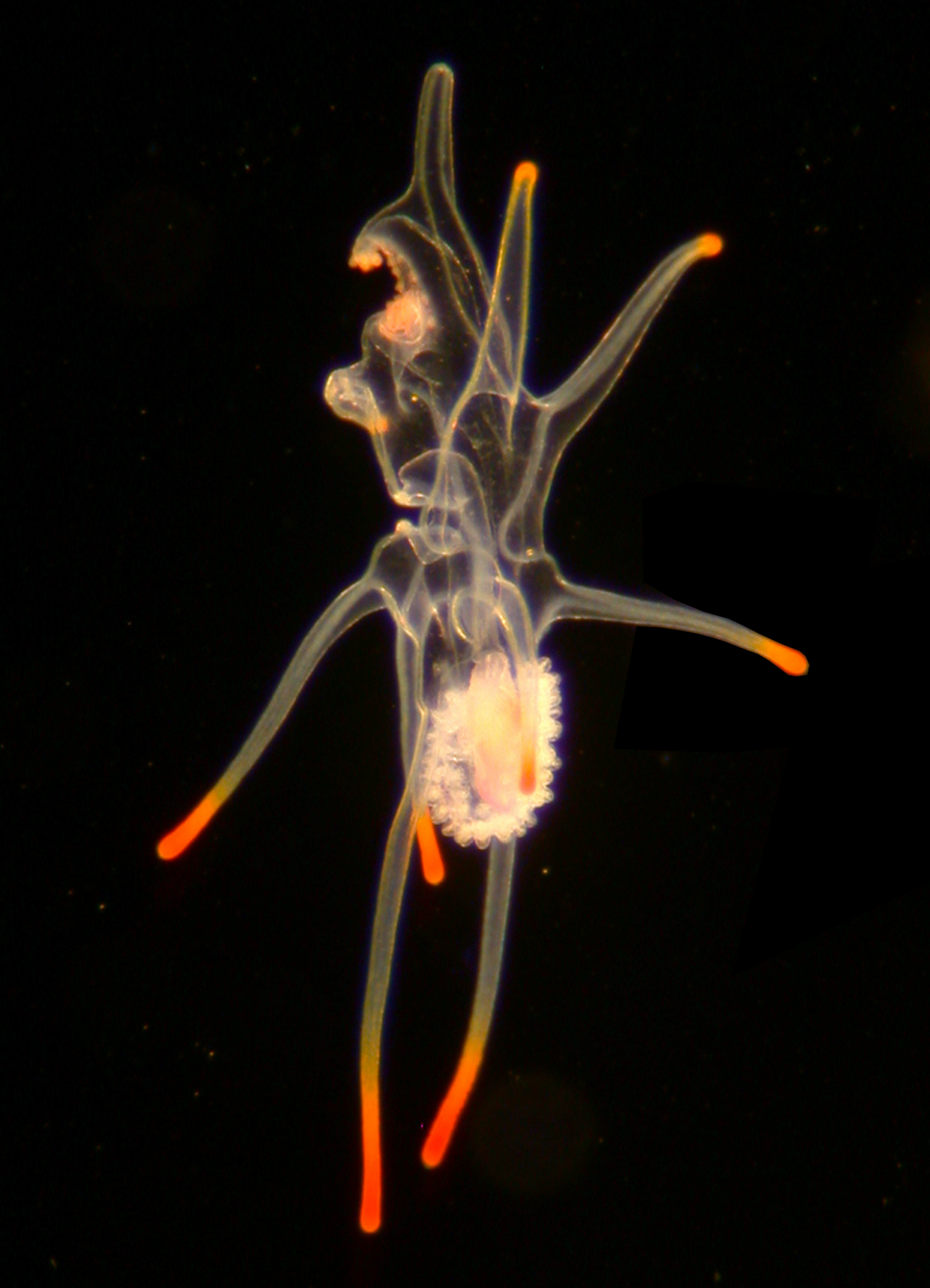
“Recovery after disturbance depends on this microscopic, hard-to-observe larval phase,” says Eric Sanford, a marine ecologist at the UC Davis Bodega Marine Lab.
To increase their chances in the great larval lottery, adult tidepool creatures broadcast millions of sperm and eggs into the water. A few might bump into each other and fertilize to become larvae. Even fewer will survive drifting in the plankton.
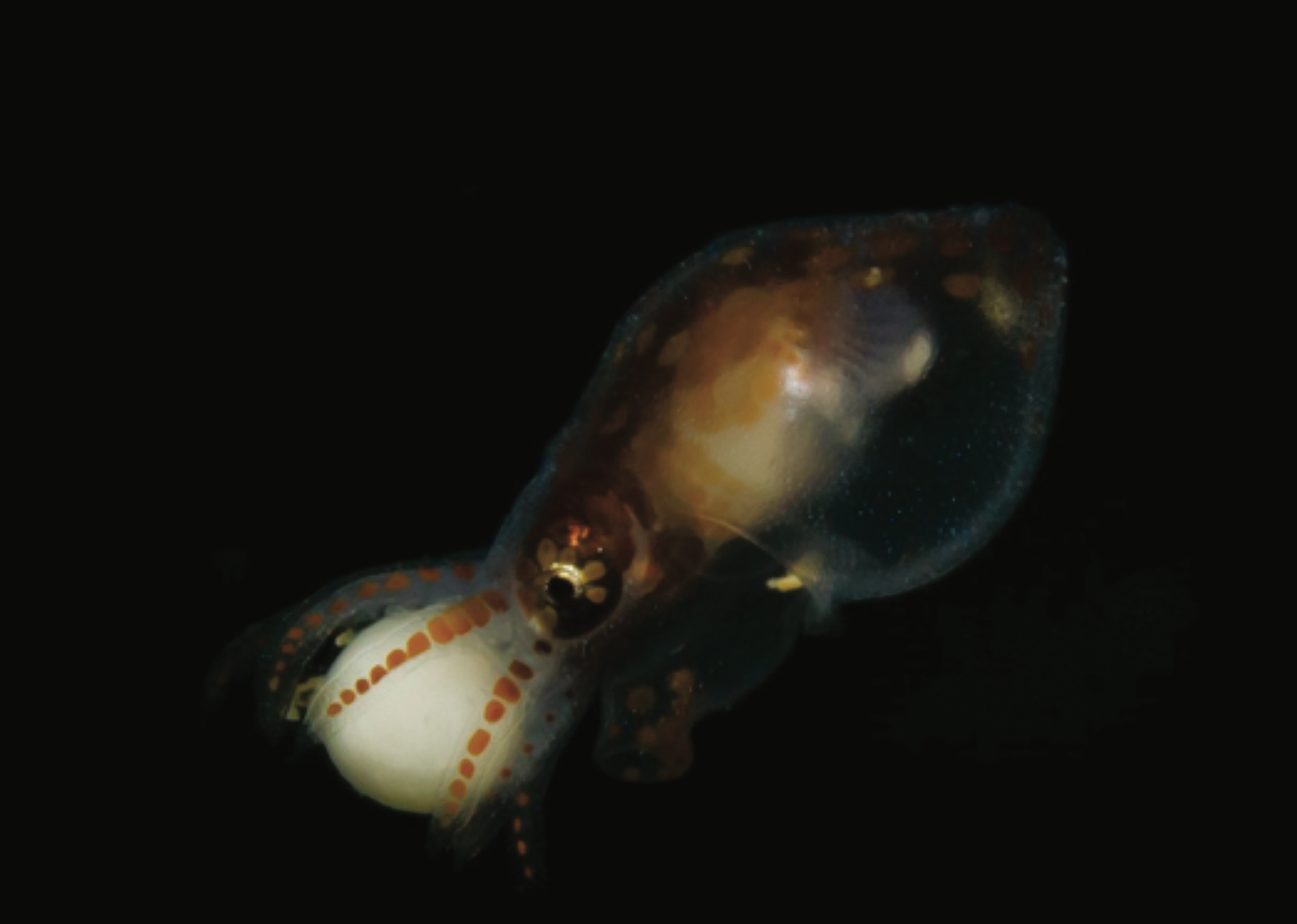
Drift
Plankton life is perilous. Most larvae are devoured, and even those that survive may starve or be swept out by currents, never returning to shore. Only about 1 percent of larvae make it from spawning to transforming into their adult forms.
“There’s a lot of hungry mouths out there that are eager to feed on all these things,” says Sanford.
Even if they don’t survive to adulthood, these well-traveled youngsters play crucial roles in ocean food webs, feeding other larvae, fish, and likely even whales.
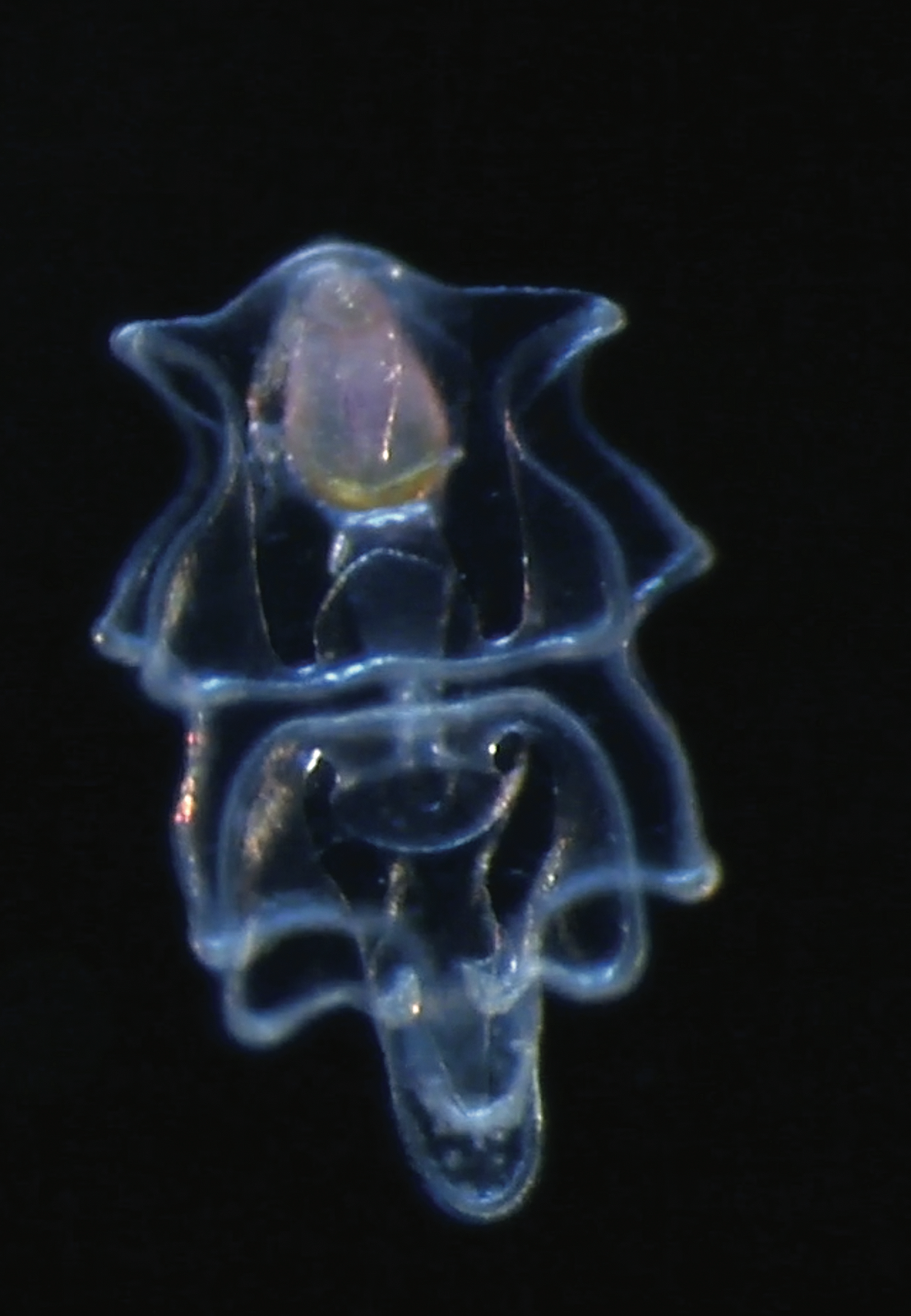
The astonishing diversity of larval forms are all about eating and not being eaten. Porcelain crab larvae grow long spines—four to five times longer than their bodies—that make them tricky to swallow. (They’re sometimes called “Sir Lancelot larvae.”) Eccentric sand dollar larvae have a trick up their (two to eight) sleeves. If they detect signs of predators, such as fish mucus in the water, they will bud off a clone of themselves. This reduces their size as a target, and doubles their chances of escape. But the trick comes at a cost: both clones will likely take longer to grow, settle and metamorphose into adults.
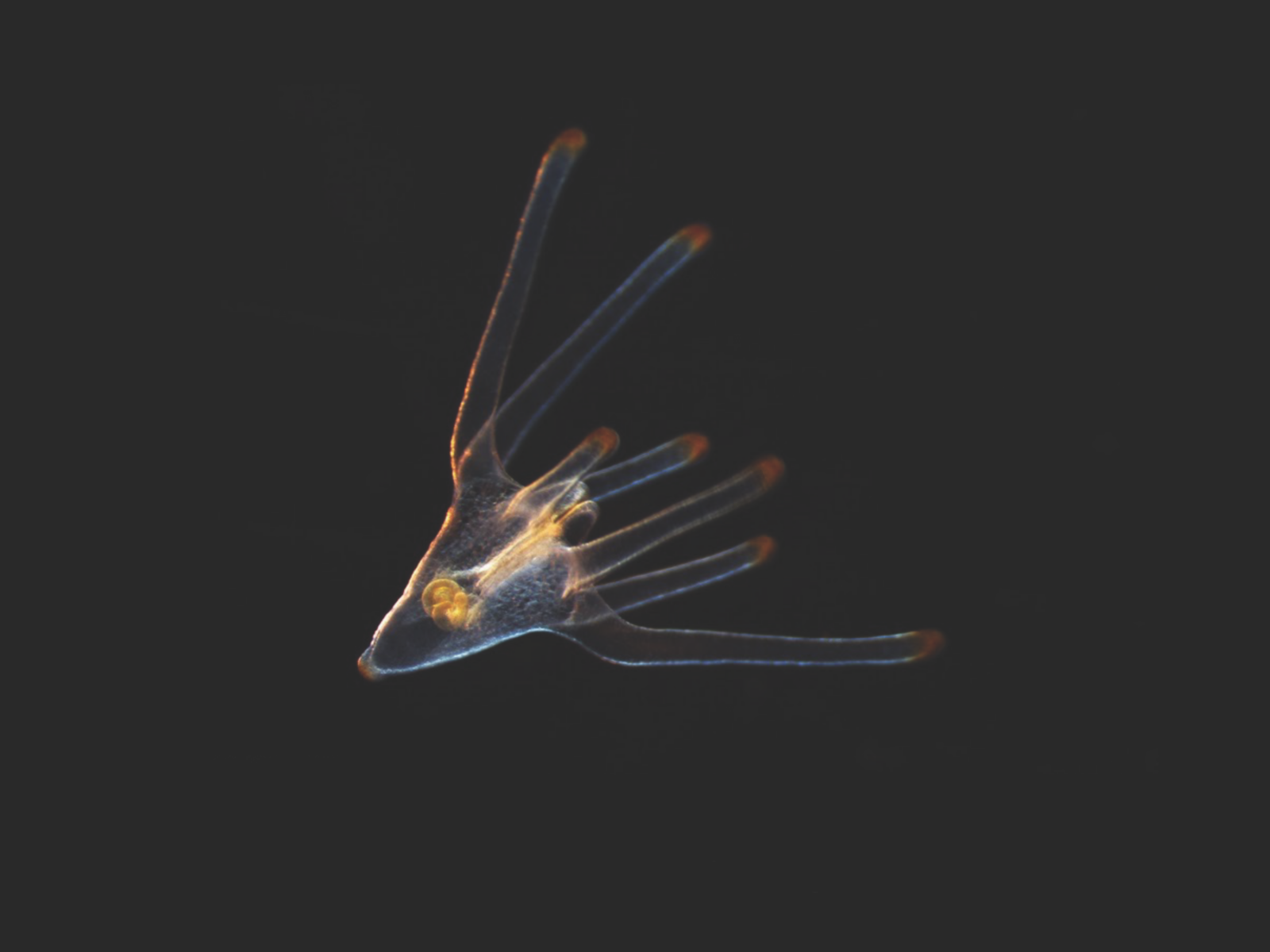
Settle
How larvae find their forever homes continues to be a mystery. Many seem to sniff out bacterial films and adult populations that guide them toward shore, but how they navigate these signals over long distances is poorly understood. However they find the right spot to transform, settling down is a life-changing choice.
“It’s a big decision for a little larva to decide where they’re going to end up residing,” says Sanford.

Transform
Metamorphosis is no joke.
Going from drifting in the open ocean to mostly staying put in the rocky intertidal requires some serious shapeshifting. Sea stars, sand dollars and urchins abandon their bilateral ways and go radial. Limbs and brains morph; larval skeletons are cast aside. The actual moment of transformation can be swift—but it’s poorly understood, even though so many creatures go through this process.
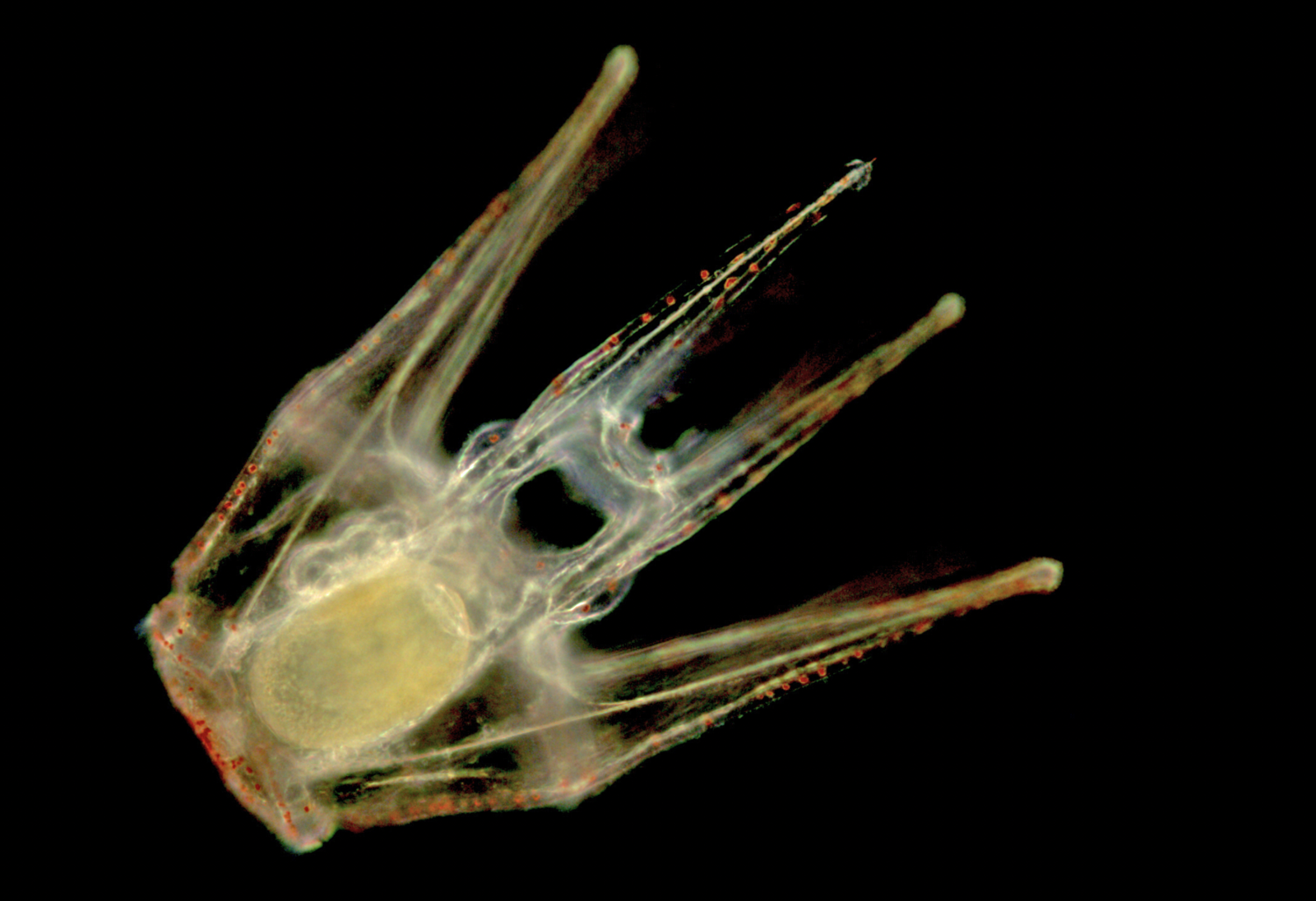
Understanding the larval phases of coastal creatures is foundational for protecting marine life. Their health and wellbeing help determine the size and robustness of their future adult populations, and affect the many creatures that eat them. But larvae prove tricky to study, being so small in such vast seas. Marinovic describes the larval life stages as “a bit of a black box.”
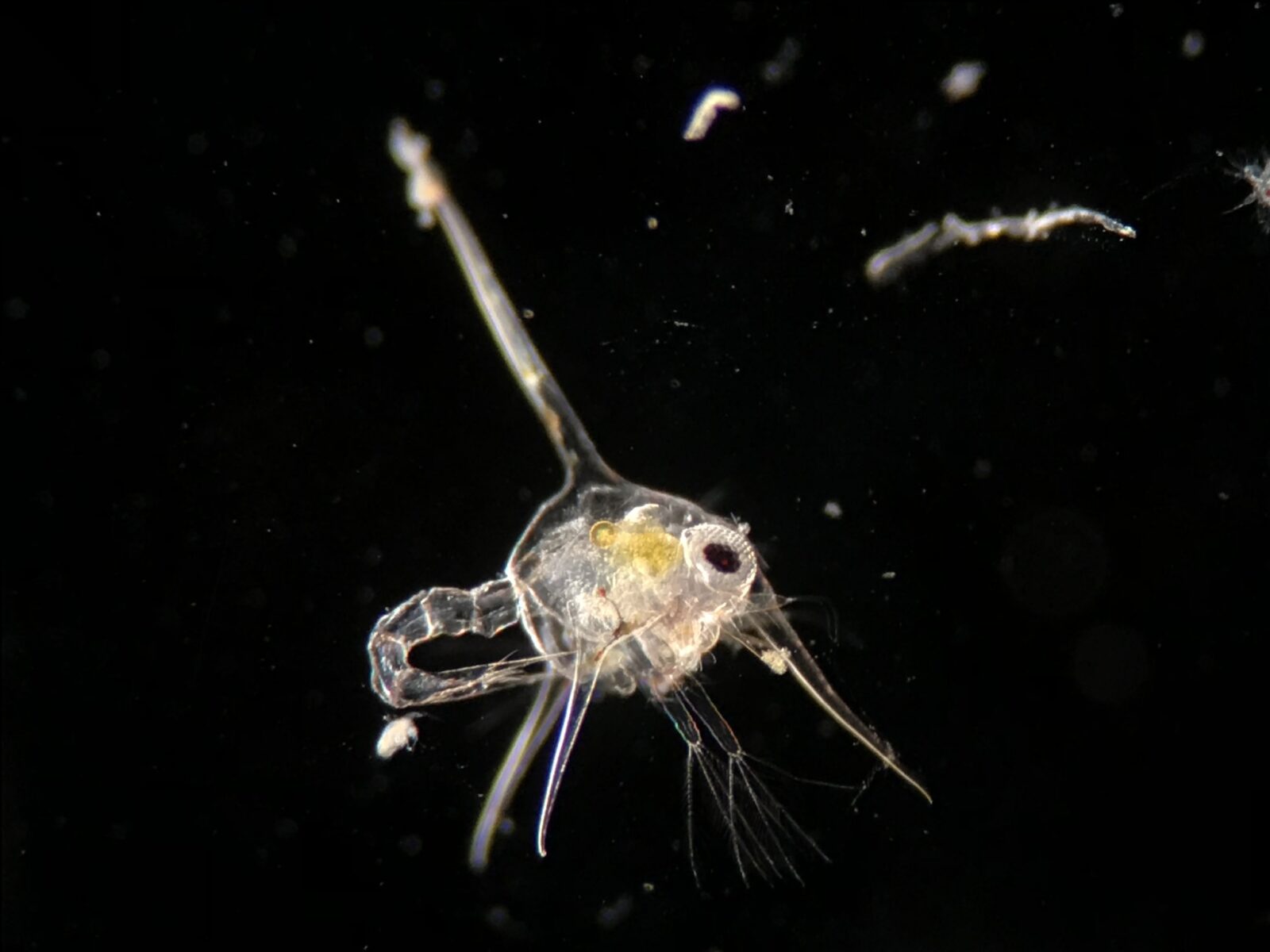
Researchers have found that larvae seem to be more environmentally sensitive to changes like ocean acidification and rising temperatures than their adult counterparts. Sanford’s lab is experimenting with how pH levels affect different larval species’ ability to survive and transform through their many stages.
“Any impacts that happen on the larvae can be magnified on these species that we care about, [and] that are ecologically and economically important,” says Sanford.
Sanford often marvels at the sheer diversity and bizarre forms that planktonic larvae take, and hopes tidepool visitors appreciate that they’re seeing only a fraction of these creatures’ transformational life stories.

